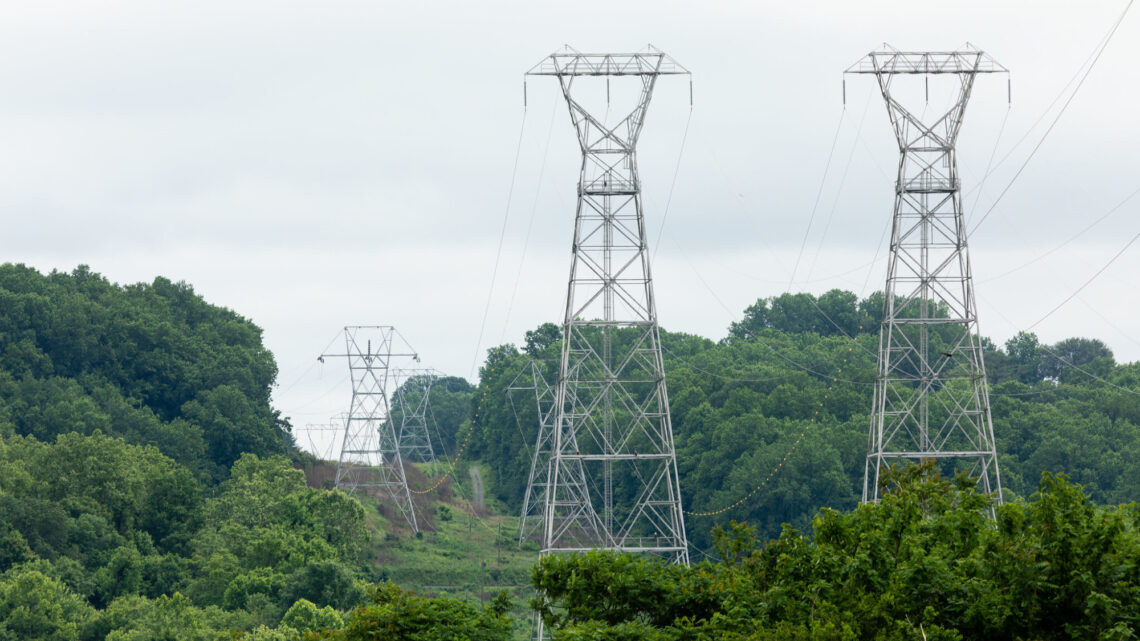Save Energy

Climate change is caused by humans emitting heat-trapping greenhouse gasses into the atmosphere. The Chesapeake Bay watershed is experiencing extreme weather, ocean acidification, changes in wildlife, rising seas, and warming temperatures because of climate change. In the United States, 74% of the country’s greenhouse gas emissions in 2019 were from burning fossil fuels for energy. That means saving energy is a major climate change solution.
Saving energy can also save schools money. K-12 schools across the country spend more than $8 million a year on energy and it is estimated that 30% of that energy is wasted. Energy savings can come in many forms. Schools can cut down on energy used in transportation with no-idling campaigns and making it safer to walk or bike to school. Costs from heating, cooling and running appliances can decrease by choosing energy efficient systems and products. Energy use from lighting can go down by installing energy efficient bulbs, motion sensors, working with natural lights, and getting the whole school involved in turning off lights when not in use.
Connecting to Issue Investigation
Energy use can negatively impact human health and the environment through air pollution and climate change impacts. Investigations that reveal this connection can lead to energy saving solutions. Because this solution is broad (e.g. transportation, lighting, building insulation, appliances), students can choose action more directly connected with the issue they investigate.
For those working towards green school awards, this action can reduce a school’s environmental impact and cost and, depending on the specific action taken, the action can also improve the health and wellness of the school community.
Facilitating Student Action
Students should continue to have opportunities to share ideas and opinions throughout the process of identifying, planning, and implementing action. Listed here are just a few ways students can stay engaged while working on this solution—but there are many more! The complexity of each activity/task can be adjusted for each grade level.
Monitor - students of any age can conduct an energy use audit of the school. Students can use the collected data to inform their next steps.
Educate - students can research the environmental benefits and cost saving opportunities to save energy at the school and share findings with school administration and the broader school community.
Advocate - students can advocate for the money and materials needed to make their school more energy efficient by sharing their data with the school board through letters or presentations. Students can advocate for community support by talking with their families and local news agencies.
Share and Celebrate - students can celebrate their work with the broader school community by writing articles, press releases or inviting reporters from the school paper and local news agencies.
Save Energy Resources
Conduct an audit at your school using the LAUNCH Toolkit: Energy Audit to learn where your school may be able to reduce energy usage or make it more efficient.
The Energy Efficiency Programs in K-12 Schools guide from the Environmental Protection Agency (EPA) walks you through strategies and steps you can take to make a school more energy efficient. The guide includes facts and figures to support an energy program that may be useful for students to use while advocating for support.
The K-12 School Districts section of Better Buildings from the U.S. Department of Energy is a great website for guides and to learn how other schools across the country achieved lower energy consumption.
The Energy Efficiency Student Toolkit from Energy Star includes student activities that walk them through learning about the school’s energy use, calculating usage and savings, and presenting the information.
Curriculum from the National Energy Education Department includes a variety of free lessons on energy including ones focused on efficiency and conservation.
